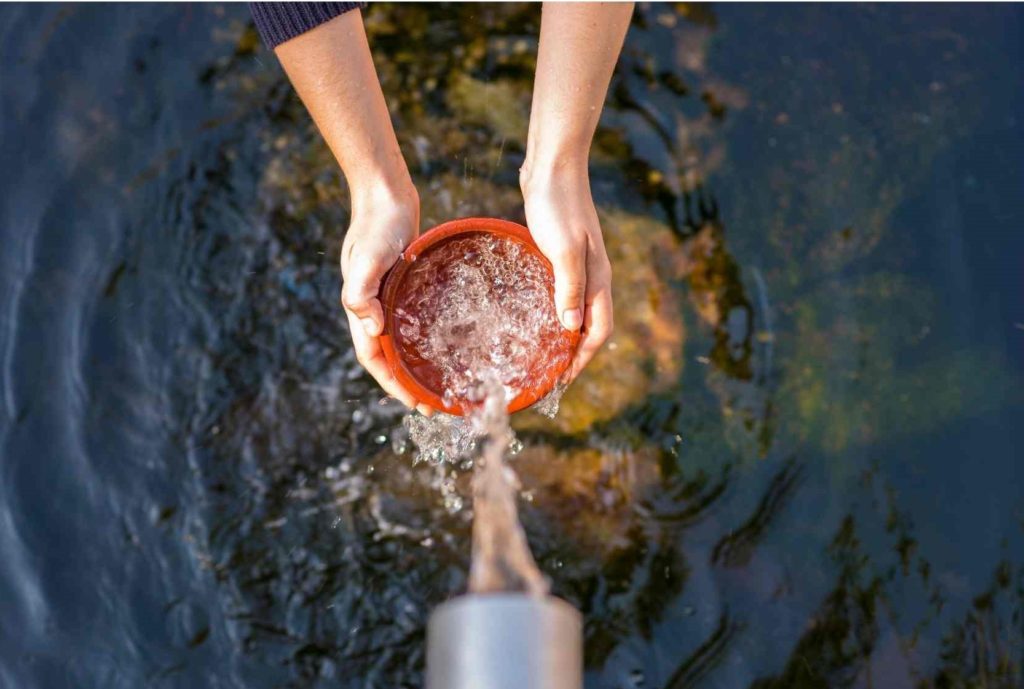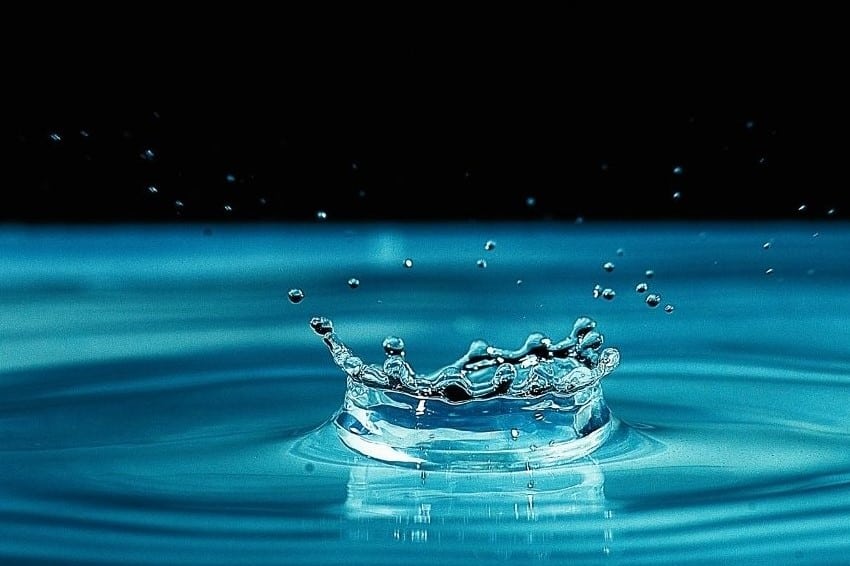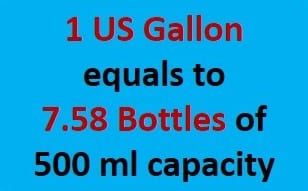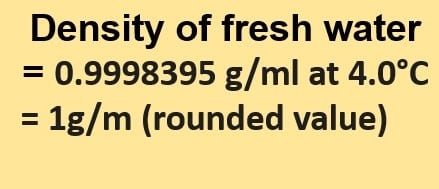Potable water is defined as water fit for human consumption (i.e., water that can be used for drinking or cooking). The term implies that the water is both drinkable and safe.
Non-potable water is water that is not fit for drinking but can be used for a variety of other purposes depending on its quality. According to Australian standards, potable water is water of sufficient quality for drinking, cooking, and personal bathing.

Water that is safe to drink should ideally be clear and tasteless. If your tap water tastes metallic, smells fishy, or appears cloudy, it may indicate the presence of dangerous contaminants.
Water that is safe and easily accessible is essential for public health, whether it is used for drinking, domestic use, food production, or recreation. Improved water supply and sanitation, as well as better water resource management, can boost countries’ economic growth and contribute significantly to poverty reduction.
Non-potable water contains naturally occurring organic matter, such as algae and bacteria, which can cause odors in some cases. Natural recycling occurs when organic matter decomposes and adds nutrients to the water and bottom sediments.
| Cubic Foot of Water Weight | 62.48 pounds at room temperature. 7.5 gallons of water. |
| 1 liter of water | 1000 grams, 35.274 ounces, or 0.264 US gallons |
| 1 US gallon of water | 8.345 pounds or 3.785 kg at 17 °C |
| The specific gravity of water | The specific gravity of water is 1 at 4 degrees Celsius. Specific gravity is a ratio and has no units. |
| Unit weight of water (weight/volume) | 1 g/cm3 at 25 degrees Celsius |
Frequently Asked Questions
1. What is soft water?
Soft water is water that has no dissolved calcium, iron, or magnesium salts and only sodium ions.
Hard water, on the other hand, contains dissolved minerals like calcium and magnesium.
2. What is the weight of water?
According to the National Library of Medicine, the weight of water is approximately 1 gram per cubic centimeter at 25°C in the metric system. In imperial measurements, it’s about 62.4 pounds per cubic foot at 77 degrees Fahrenheit.
3. What is the density of water?
The density of water is 1 gram per cubic centimeter. A substance’s density is constant regardless of sample size.
4. What is freshwater?
Water that comes from glaciers and lakes and reservoirs and ponds and rivers and streams and even groundwater is called “freshwater“. They make up less than 1% of the world’s surface area, but they house 10% of all known animals and up to 40% of all known fish species.
5. What kind of change is boiling of water?
There is no chemical change when water boils because the water vapor has the same molecular structure as water which is liquid (H2O). Check the full article on boiling water.
6. Why does oil float on water?
Oil floats on water because it is denser than water. In liquids, density is the mass per cubic meter of volume. Water has a density of around 1000 kg/cubic meter, while oil is between 800 and 960. Hence, oil floats on water.
7. What is weathering and does water causes weathering?
Weathering is the breakdown or dissolution of rocks and minerals on the Earth’s surface. All weathering agents are agents of change in temperature and water.
Earth’s rocky landscape is constantly changing. Weathering erodes exposed surfaces. The length of exposure often affects a rock’s weathering vulnerability. Lavas, for example, are less susceptible to weathering and erosion than rocks exposed to agents like wind and water.
8. What is chemical weathering?
Chemical weathering alters rock and soil molecular structure. For example, carbon dioxide from the air or soil can combine with water to form carbonate. Thus a weak acid, carbonic acid, is created.
9. Is air a homogenous mixture?
Air is a mixture of gases. The atmosphere contains nitrogen, oxygen (for animal and human life), carbon dioxide, water vapor, and other trace elements (argon, neon, etc.). High-altitude air contains ozone, helium, and hydrogen. Check the full article “is air a homogenous mixture?”
10. What is the diffusion coefficient?
The diffusion coefficient (D) measures how quickly a material diffuses through another. Faster diffusion occurs with higher D.
11. What is the specific heat of water?
The specific heat of water is 4182 J/kg°C. This means that 1 kg of water takes 4182 Joules of heat to raise its temperature 1 degree Celcius.
12. What is the surface tension of water?
Surface tension refers to the ability of a liquid’s surface to resist an external force because of its molecules’ cohesion. At 20 °C (68 °F), water has a surface tension of 0.07275 joules per square metre.
13. What is the thermal conductivity of water?
Thermal conductivity is a property of materials that indicates their ability to conduct heat. The thermal conductivity of water is 0.591 W/mK. It is frequently denoted by the letter ‘k’ or, less frequently, the letter ‘lambda.’ Thermal resistivity is the reciprocal of thermal conductivity.
14. Is water a pure substance?
Pure water is also known as distilled water or deionized water. In distilled water, evaporation removes all of the dissolved substances. As it evaporates, water distills or leaves the salt behind. Pure water is collected and condensed to produce distilled water.
15. What is the viscosity of water?
The viscosity of water is 0.01 P.s (Pascal seconds) at 20 degrees Celcius.
Viscosity is the resistance to fluid flow and the movement of an object through a fluid. Pascal seconds is the Poiseuille unit for viscosity (Pa s). Poise is dyne sec/cm2.
16. How many cups in a gallon?
A US liquid gallon is equal to 16 cups, and a US dry gallon is equal to 18.61 cups. In the United States, one cup equals half a pint (236.6 ml).
To get a more detailed answer, click “how many cups in a gallon.”
17. What is the melting point of water?
The melting point of pure water ice at 1 atmosphere of pressure is very close to 0 °C, which is 32 °F or 273.15 K.
More Interesting Topics
Specific Heat Formula & Concept
Mechanical Energy Formula & Examples
Chemical Formula for Water
The pH of Distilled/ De-Ionized Water
How Much is a Liter of Water?
Static Pressure| Definition, Meaning, and Examples
Atmospheric Pressure examples
- BCl3 Lewis Structure in four simple steps - November 1, 2023
- PH3 Lewis Structure in four simple steps - October 8, 2023
- PF3 Lewis structure in four simple steps - September 24, 2023



